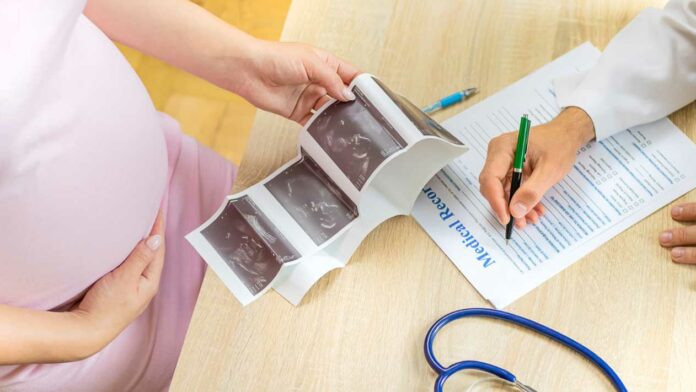YAP and TAZ proteins guide bone development in the womb, offering insights into genetic conditions like brittle bone disease. Research from the Perelman School of Medicine at the University of Pennsylvania, published in Developmental Cell, sheds light on mechanobiology, exploring how mechanical forces impact biology.
The senior author, Joel Boerckel, PhD, an associate professor of Orthopaedic Surgery, said, “Despite more than a century of study on the mechanobiology of bone development, the cellular and molecular basis largely has remained a mystery. Here, we identify a new cell population key to turning the body’s early cartilage template into bone, guided by the force-activated gene-regulating proteins, YAP and TAZ.”
Examining genes in developing mouse limbs, researchers identified ‘vessel-associated osteoblast precursors (VOPs)’ through single-cell sequencing. These cells, termed as the ‘grandparents’ to bones, invade cartilage alongside blood vessels. YAP and TAZ proteins, responsive to body movement, guide these VOPs based on signals from mechanobiology, which is crucial for early bone development and regeneration.
As discovered by researchers, YAP and TAZ play a crucial role in guiding blood vessel integration into cartilage during bone development. They demonstrated this by removing YAP and TAZ from human cell models, halting angiogenesis, restoring them with the protein CXCL12, and restarting normal blood vessel formation. In collaboration with Dr. Niamh Nowlan of University College Dublin, this study explores how mechanical forces influence skeletal development, contributing to our understanding of mechanobiology.”
Boerckel said, “The study of bone development is the birthplace of mechanobiology. “For example, Wolff’s Law of Bone Transformation says that trabecular—spongy—bone adapts in a manner depending on the stresses placed on it, but Julius Wolff spent more time in his 1894 book focused on bone development than on trabecular bone.”
From their bone development and mechanobiology study, Penn researchers aim to apply insights to inform and potentially treat genetic and congenital musculoskeletal conditions.
This includes brittle bone disease, where incorrect collagen production leads to fragile bones, and arthrogryposis, resulting from improper joint development due to limited fetal movement. The goal is to target cells and pathways using mechanical or pharmacologic methods to restore cellular function and promote proper bone development, potentially preventing such conditions.
In conclusion, YAP and TAZ proteins are crucial for fetal bone development. Understanding their role may aid in addressing genetic conditions and advancing treatments for bone-related disorders.
Journal reference:
- Joseph M. Collins, Annemarie Lang, et al., YAP and TAZ couple osteoblast precursor mobilization to angiogenesis and mechanoregulation in murine bone development. Developmental Cell. DOI: 10.1016/j.devcel.2023.11.029.
